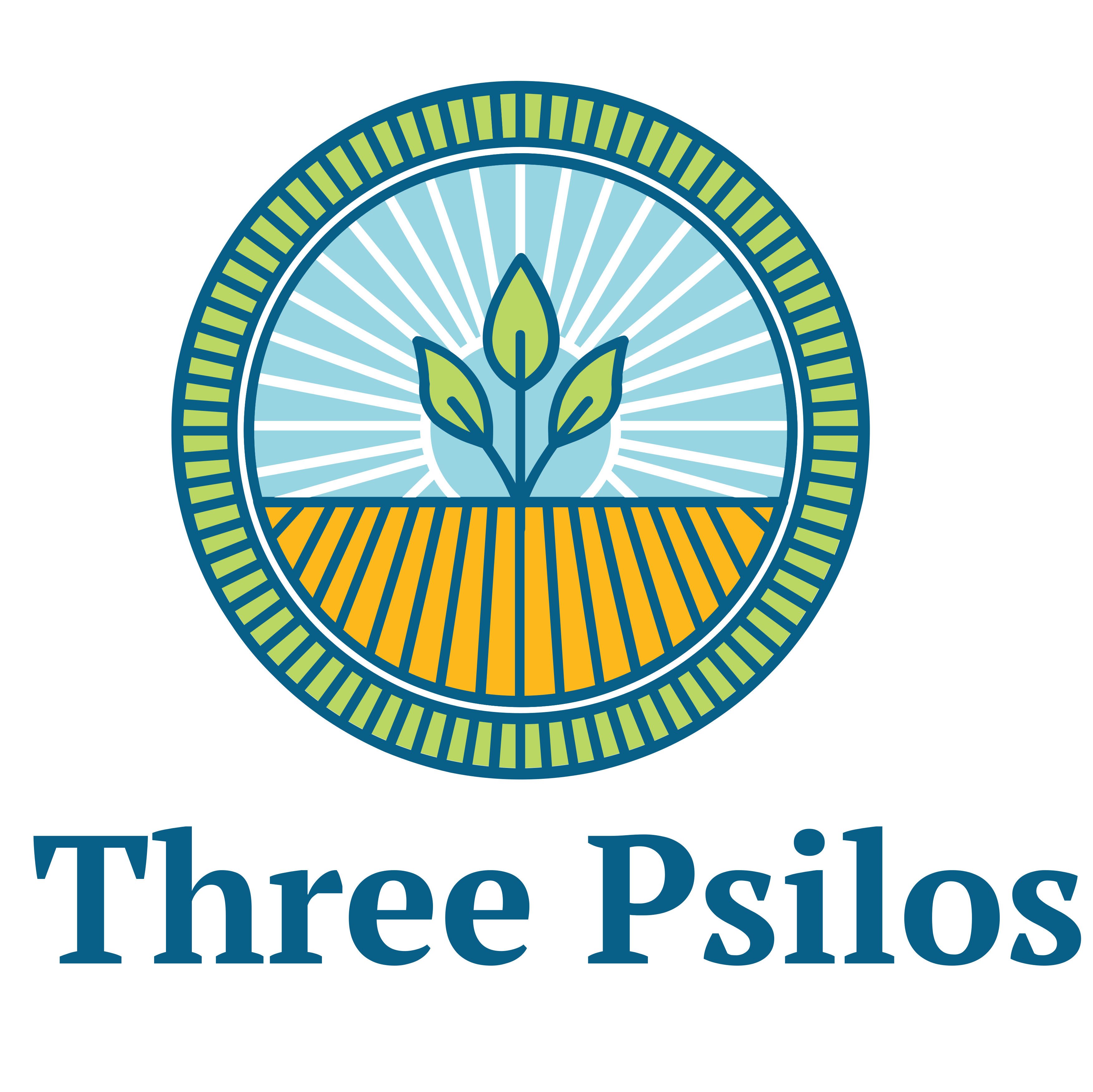Three Psilos is proud to introduce the concept of Ecology Dogs—highly trained canine experts specializing in applied ecology.
Category: Ecology
Red-Bellied Woodpecker Transition and Reintroduction Plan
Introduction This plan outlines the transition and reintroduction process for Buppie, a fully-fledged Red-Bellied Woodpecker (Melanerpes carolinus), who was rescued from a section of Slash Pine (Pinus elliottii) tree trunk found in a local dump. Buppie miraculously survived the chainsawing, stacking, and dumping of his nest. He has since been hand-fed and nurtured to independence. […]
RoundUp “Flavor” Comparison: Red vs. Purple
Each herbicide has strengths and weaknesses, so the best choice depends on the particular weeds being targeted and the context of the application.
Could Oaks from the Lake Wales Ridge Save a Desert?
Assuming any one particular desert was at some point forested, ecologists at Three Psilos, Inc. believe some of Florida’s native Oak species (Quercus) from the Lake Wales Ridge could potentially help reforest such a desert. Why the Lake Wales Ridge? The Lake Wales Ridge is a sandy ridge that runs parallel to the central portion […]
Top 10 Plant Species for Ecology Restoration on the Lake Wales Ridge
When considering the restoration of native ecology on the Lake Wales Ridge in Central Florida, it is important to prioritize the establishment of plant species that are native to the region and play crucial roles in the local ecosystem. Here are some top plant species that could be installed first in a restoration project: It […]
How to Germinate Longleaf Pine Seeds
How to germinate longleaf pine seeds.
Propagating Whisk-Ferns (Psilotum nudum)
Propagation of whisk ferns can be achieved through a few methods. Here are three common techniques you can try: Spore Propagation – Whisk ferns produce spores on the undersides of their fronds. Look for mature fronds with dark-colored spore cases. The spore cases may look like small bumps or dots. – Prepare a clean tray […]
What is a Whisk-Fern?
whisk ferns have unique features that set them apart from other plants.
Can Invasive Species Negatively Affect a Property’s Value?
When invasive species establish and spread on a property, they can lead to various problems that can diminish its value.
Why Does My Dog Chew Grass?
Dogs may chew grass for a variety of reasons, and it’s a relatively common behavior among them. Here are a few possible explanations.
What is Applied Ecology?
Applied ecology is a branch of ecology that focuses on the practical application of ecological principles and knowledge to address real-world environmental issues and challenges.
What is Ecology?
Ecology is the scientific study of the relationships between organisms and their environment.
What is the Most Important Tree of the United States Southeastern Forest?
While it’s challenging to single out one tree as the most important, the Longleaf Pine (Pinus palustris) stands out as an iconic and ecologically significant species in the southeastern forest
What is Ziziphus Parryi?
Ziziphus parryi is a synonym for the plant species Condalia mexicana, which is a shrub or small tree that belongs to the family Rhamnaceae. It is native to the southwestern United States and northern Mexico, and is commonly known as Mexican holly or bluewood condalia.The plant typically grows to be 10-20 feet tall and is […]
What is Parry’s Jujube?
Ziziphus parryi is known as “Parry’s Jujube” and is a synonym of Condalia parryi, a small shrub or tree species in the family Rhamnaceae that is native to the southwestern United States and northern Mexico. It is also known by the common names “Parry’s condalia,” “silver holly,” and “Arizona holly.” Pseudoziziphus Parryi is genetically related […]
What is ‘Ziziphus Parryi’?
Ziziphus parryi is a synonym of Condalia parryi, a small shrub or tree species in the family Rhamnaceae that is native to the southwestern United States and northern Mexico. It is also known by the common names “Parry’s Condalia,” “Parry’s Jujube,” “silver holly,” and “Arizona holly.” Condalia parryi is notable for its attractive, silver-gray foliage […]
What is ‘Pseudoziziphus’?
Pseudoziziphus is a genus of flowering plants in the family Rhamnaceae. The genus contains at least one species, Pseudoziziphus schimperiana, which is commonly known as the “false jujube” or “Ethiopian jujube.” Pseudoziziphus schimperiana is a small tree that is native to East Africa and produces small, edible fruit that is similar in taste to the […]
Is There a Plant Named ‘Florida Ziziphus’?
There is no plant species known as “Florida ziziphus”. The genus Ziziphus, commonly known as jujube, is a group of plants that includes around 40 species of trees and shrubs in the buckthorn family (Rhamnaceae). Some species of Ziziphus are commonly grown for their edible fruit, which is also known as jujube. However, there is […]
A Case of Mistaken Identity for a Rare Florida Shrub
Summary: Through simple, phytomorphological comparison, it can be proven that at least two of the original population of “Florida Jujube” shrubs, found in Polk County in 1987, are in fact Parry’s Jujube (Pseudoziziphus Parryi), likely transplanted from the California Chaparral in the early twentieth century. Three Psilos, Inc. has proven that at least two of […]
Chaparral
F. P. Cronemiller Chaparral is a term commonly used in California for the dense brushfields of the Upper Sonoran life zone. This cover type is similar to the macchie and garique of the Mediterranean region and is a product of the set of climatic conditions peculiar to these areas. Its shrubby components have been termed […]
Site Ecology
Our Site Ecology Recommendation is, quite simply, a “lite” version of our Site Ecology Report. A Site Ecology Recommendation will focus on a specific species of interest to you at your site. Since a complete survey of all areas and species of your land is not required, the Site Ecology Recommendation can be offered to you at a much lower cost.
